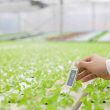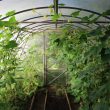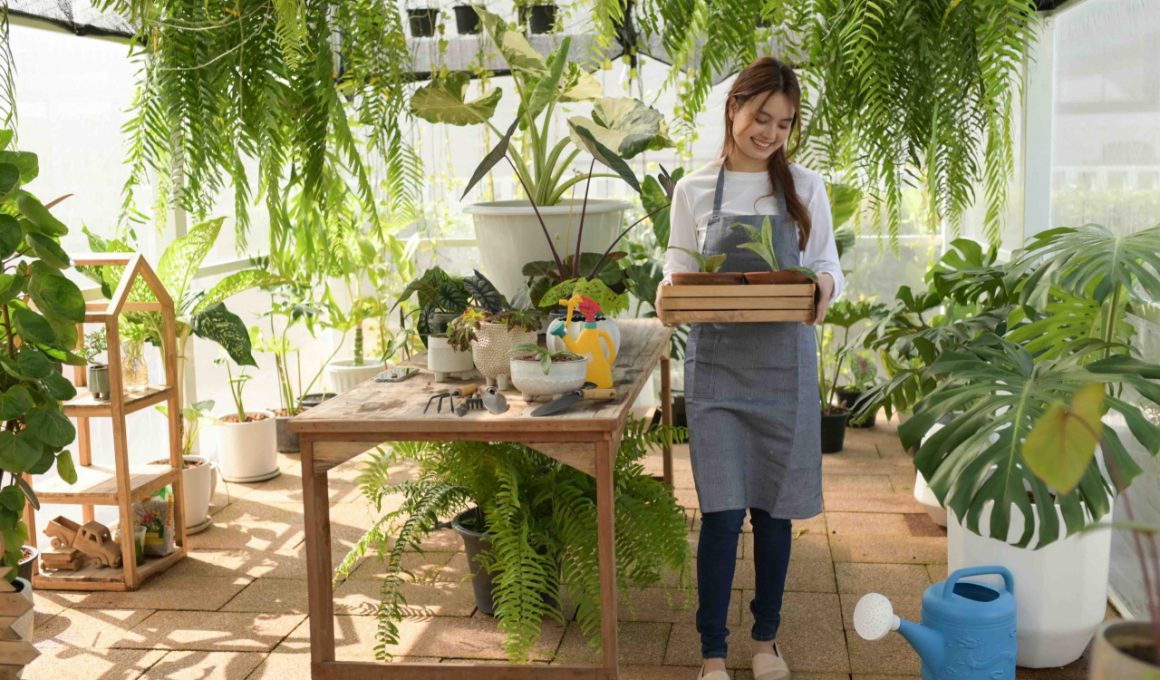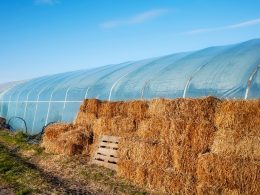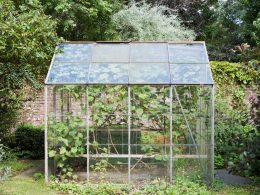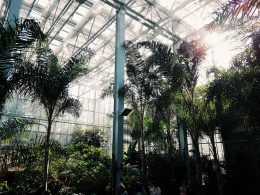Green House Adviser is reader-supported. When you buy through links on our site, we may earn an affiliate commission. Learn more
One of the most rewarding feelings you can experience as a gardener is seeing your garden thrive. A great invention that allows you to experience this pleasure is a greenhouse. A greenhouse will enable you to see the seedlings you so carefully planted grow into healthy, abundant plants throughout the entire year. However, one of the biggest challenges you can face when having a greenhouse is properly heating it, especially during the winter.
If gardening is your passion or profession, read this guide to learn about how to heat a greenhouse.
Why Do Greenhouses Need Heat?
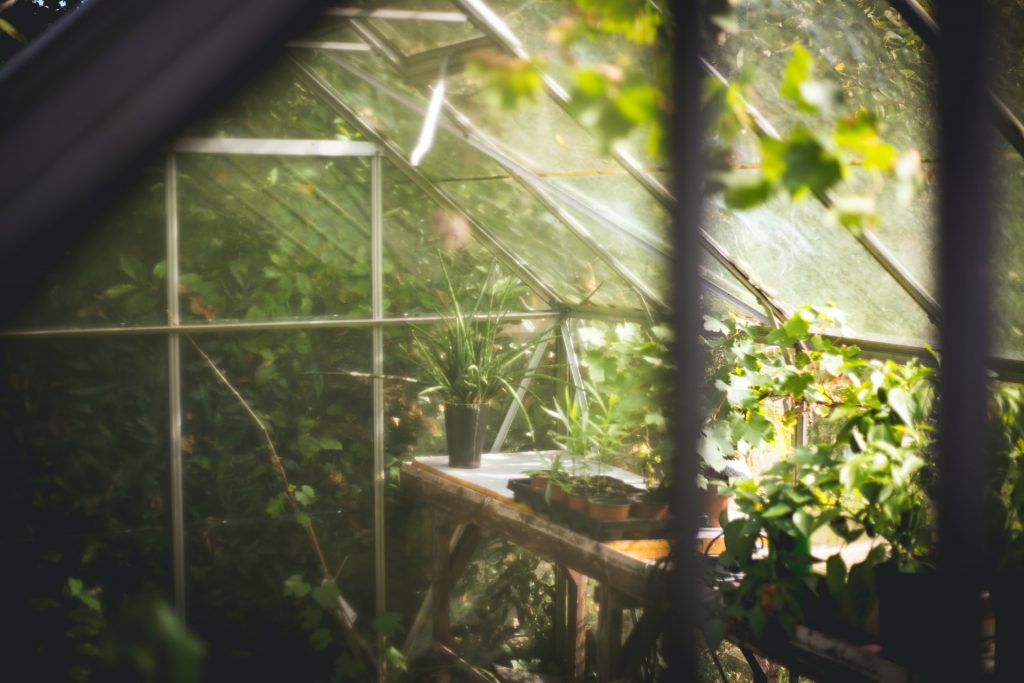
Greenhouses are composed of transparent materials to allow sunlight to penetrate. The plants and soil absorb this radiation in the greenhouse, producing heat within the structure. Besides the natural light and heat, greenhouses also need artificial heat.
Heating is used to maintain appropriate temperatures for crop growth and control humidity in the greenhouse. Heating may be required all year, not only in the winter. Evenly distributed heat is essential for optimal crop production.
How Do You Know If Your Greenhouse Needs Heating?
Photosynthesis requires not only sunlight but also heat energy to function. While your plants may be completely fine without a heater most of the time, there may be times when you need to provide a warm boost to your buds.
If you live in a colder environment, if your plants’ growth has dropped, or if your seedlings die are all indications that your greenhouse needs heating.
You live in a cold area
Living in a cold area is the first and most evident indicator that your greenhouse needs extra heating. On a temperate day, a greenhouse can reach temperatures above 100°F during the day and below freezing at night. Because there is no daylight to heat the greenhouse at night, the temperature will be the same as outdoors. During the night hours, your seeds will get extra cold and not grow sufficiently.
Living in an area with low temperatures will undoubtedly destroy your plants. If you want to grow food in the winter when it’s freezing outside, you’ll need an extra heat source.
Your seedlings die
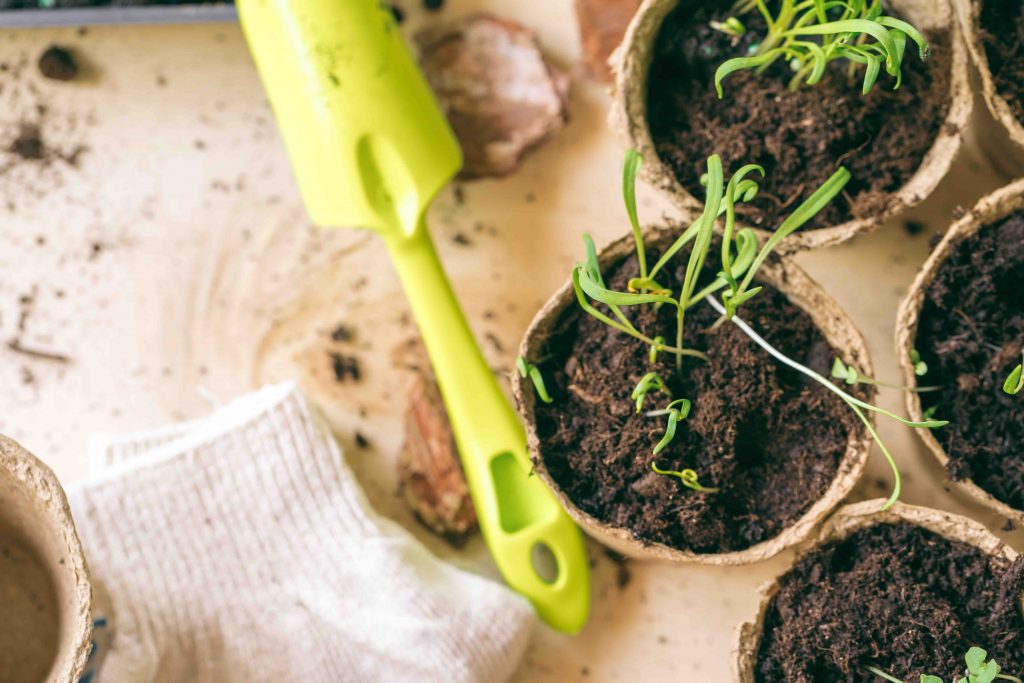
Another reason you might need a greenhouse heater is that your seedlings are frequently dying. During the night, temperatures drop automatically, and this is the main reason why your seedlings die. In addition, the low temperatures of the cold winter months stop your seedlings from growing properly and cause them to die prematurely. If you notice such a tendency, you should definitely install a heating source to keep your seedlings healthy and help them grow and flourish.
Your plants’ growth has dropped
As previously stated, most plants thrive at temperatures about 70°F. And when the season changes, you may find that growth has slowed or even stopped. Despite the temperature outside of your greenhouse, you need steady growth to have products throughout the entire year. You can offer the thermal energy that plants require to photosynthesize and thrive by installing some form of heat source. As previously noted, you may need to replace inadequate or absent sunlight using a grow light.
Track lighting with UV and radiant heat bulbs could be a good place to start solving your problems. That, of course, brings us to the many heating methods available for your greenhouse.
How to Heat Your Greenhouse
A greenhouse’s entire aim is to utilize the sun’s energy to grow your plants. However, this is a challenging task in the cold and at night. Adding thermal mass, heat sinks, wood stoves or insulation are all options for harnessing the sun’s energy during the colder months.
Place your greenhouse strategically
One of the best ways to heat a greenhouse without electricity is to place it strategically. A greenhouse should be placed on the south or southeast side of the home, in a sunny position that receives the greatest sunlight from fall to winter.
However, if this choice is not available, the east side is the next best alternative for the greenhouse. The southwest or even the west side is the third-best location for a greenhouse.
Lastly, the north side is the least desirable location for a greenhouse. Instead of placing the greenhouse east to west, try to place it longitudinally from north to south. This position allows for more light and less shade in the construction.
Insulate

A leaky greenhouse construction will heat the wide outside rather than the inside of your greenhouse; therefore, insulation is arguably the most crucial part of heating a greenhouse in winter.
Wrapping a greenhouse in bubble wrap is one of the most effective ways to insulate it. Wrapping your greenhouse in bubble wrap is ideal for insulation because it’s easy to find. In addition, the air pockets in bubble wrap work as excellent insulation, and, most significantly, bubble wrap is clear and allows light to pass through.
If you have any extra shipping bubble wrap lying around, that’s great since you can use that. However, even if you don’t have that at home, gardening retailers now sell horticultural-grade bubble wrap since this method works so well.
Generate compost
As a gardener, you should have already started composting your own food waste to save money on plant nutrients. To heat your plastic greenhouse, relocate your compost pile into the greenhouse or at least close to one of the external walls.
Compost produces temperatures of approximately 100°F on its own. This is due to the scraps’ chemical breakdown in a high nitrogen atmosphere. You can increase your garden house’s heat by adding extra grass clippings, fruit or vegetable scraps, or chicken manure to your compost pile.
Use heaters
A great way to heat a small greenhouse is by using an electric heater with a thermostat or automatic timer that can only be required for a few hours during cold nights. This type of heating system’s simplicity makes it ideal for gardeners who aren’t around during the workday.
To heat your greenhouse using this method, you can place a thermostat on a small space heater, knowing that it will only turn on when needed. Furthermore, modern heaters include dependable safety features such as automatic shut-off functions if they tip over or become too hot. Using innovative digital greenhouse heater technology translates to approaching your gardening operation with the expertise of a true farmer.
Use wood stoves
While bigger greenhouses are often heated using 55-gallon drum burners vented through a chimney, most hobby greenhouses may be heated with a conventional wood-burning stove. In addition to the necessity for continual feeding, which requires often opening the entrance and allowing heat to leave, the logs can invite insect pests into the greenhouse.
A better, although more expensive, option is to install a wood-burning furnace outside the greenhouse. This means no heat is lost when the door is opened, no undesirable insect pests can get in, and there is no chance of carbon monoxide collecting inside the greenhouse.
Use heating mats
There are numerous helpful pieces of equipment you can add to your year-round greenhouse, and technological advancements are only expanding as greenhouse farming becomes more popular. Seedling heat mats are ideal for cold-weather greenhouse planting.
When entering the winter months, seedling heat mats can help with germination and growth. The heat mat gives bottom heat particularly, which helps the plants germinate much faster than growing without a heat mat. Heat mats have been proven to shorten germination times in half, which is substantial, especially if you wish to plant for several cycles.
Use heat sinks
Heat sinks absorb heat quickly and release it when the temperature drops. For tiny greenhouses, this is a good no-energy, no-cost option. However, if you cannot get heat sinks for your greenhouse, you can also use plastic bottles.
All you have to do is fill a plastic bottle halfway with water and paint it black to create a natural heat absorber. Place numerous plastic bottles in your greenhouse, and they will collect all of the energy they can throughout the day and return it to the greenhouse. It may not be much, but if you don’t live in a very cold area, it’s enough to make a difference. In reality, when the days are still a little longer, it’s a beneficial strategy.
What Is the Ideal Temperature for Your Greenhouse?
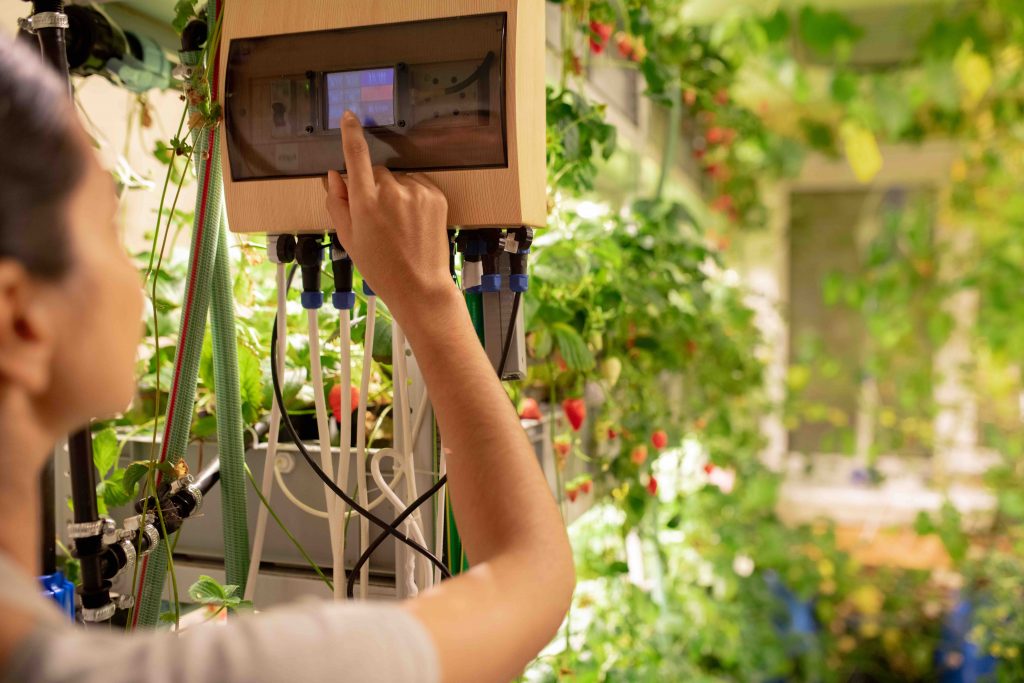
Although each plant is unique, the ideal greenhouse temperature for most plants and vegetables is 80°F (27°C). Most plants will thrive at this temperature. However, 80°F is merely a recommendation. If you are concerned about disease or infection, you should research the appropriate temperature for each plant.
In addition, if you are growing crops that need a lot of sunlight, such as tomatoes or melons, your temperature should be higher. In general, temperatures should not rise above 90°F (32°C) or dip below 75°F (24°C). Most plants will remain healthy and thriving if you stay within this temperature range.
Conclusion
Greenhouses are a great addition to your garden and will help you grow healthy plants throughout the entire year. However, for that to occur, it will require some effort and thought put into it. Maintaining the right temperature in your greenhouse is one factor crucial for the success of your efforts. Using the methods we provided in this article will ensure you can now heat your greenhouse correctly and enjoy all the advantages that come with it.
